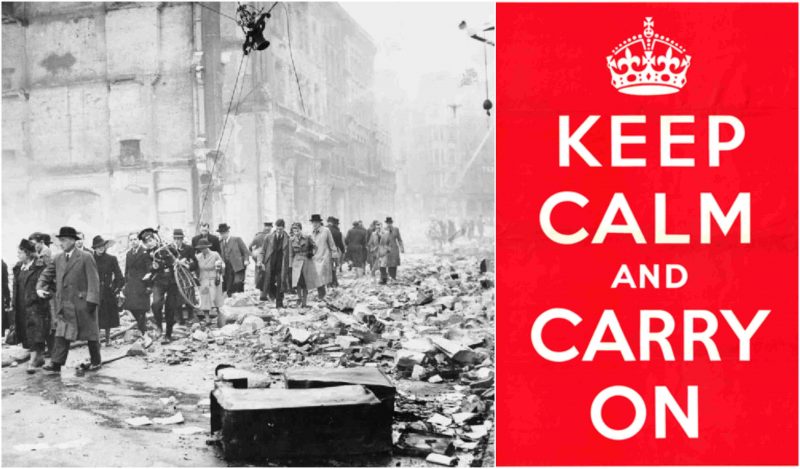In the past couple of years, we all have seen so many variations of the motivational poster “Keep Calm and Carry On,” that its actual meaning, significance and origin have been essentially forgotten to us, lost in the tide of copycats and variations. That’s why we decided ourselves to keep calm and carry on, and go back to the origins of this motivational poster that has now become little more than a generic, “trendy” wall decoration.
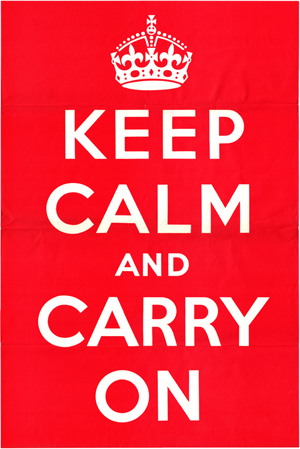
In preparation for the Second World War, in 1939 the British Government produced this motivational poster intending to raise the morale of the British public, which was threatened by widely predicted mass air attacks on major cities. Although 2.45 million copies were printed, and although the Blitz did in fact take place, the poster was hardly ever publicly displayed and was little known until it was rediscovered in 2000.
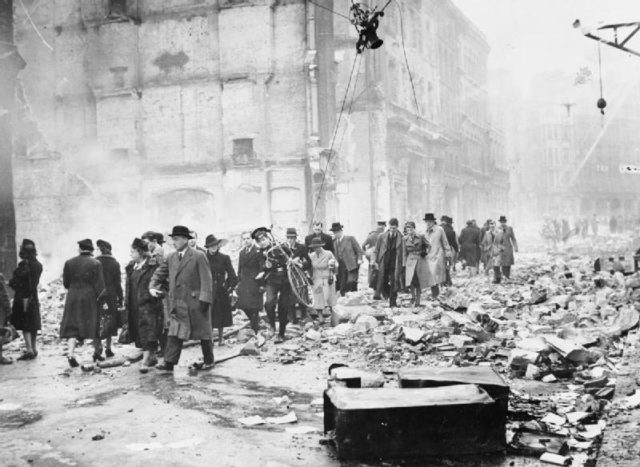
The Keep Calm and Carry On poster was designed by the Ministry of Information during the period 27 June to 6 July 1939.It was produced as part of a series of three “Home Publicity” posters (the others read “Your Courage, Your Cheerfulness, Your Resolution Will Bring Us Victory” and “Freedom Is in Peril. Defend It With All Your Might“). Each poster showed the slogan under a representation of a “Tudor Crown” (a symbol of the state). They were intended to be distributed to strengthen morale in the event of a wartime disaster, such as mass bombing of major cities using high explosives and poison gas, which was widely expected within hours of an outbreak of war.
A career civil servant named A.P. Waterfield came up with “Your Courage” as “a rallying war-cry that will bring out the best in everyone of us and put us in an offensive mood at once”. Detailed planning for the posters had started in April 1939 and the eventual designs were prepared after meetings between officials from the Ministry of Information and HM Treasury on 26 June 1939 and between officials from the Ministry of Information and HMSO on 27 June 1939. Roughs of the poster were completed on 6 July 1939, and the final designs were agreed by the Home Secretary Samuel Hoare, 1st Viscount Templewood on 4 August 1939. Printing began on 23 August 1939, the day that Nazi Germany and the USSR signed the Molotov–Ribbentrop Pact, and the posters were ready to be placed up within 24 hours of the outbreak of war.
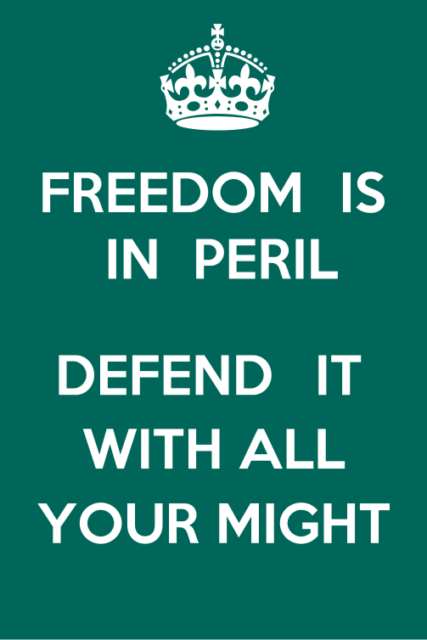
Almost 2,500,000 copies of Keep Calm and Carry On were printed between 23 August 1939 and 3 September 1939 but the poster was not sanctioned for immediate public display. It was instead decided that copies of the poster should remain in “cold storage” for use after serious air raids (with resources transferred to Your Courage and Freedom is in Peril). Copies of Keep Calm and Carry On were retained until April 1940, but stocks were then pulped as part of the wider Paper Salvage campaign. An October 1940 edition of the Yorkshire Post and Leeds Mercury records the poster being hung in a shop in Leeds.
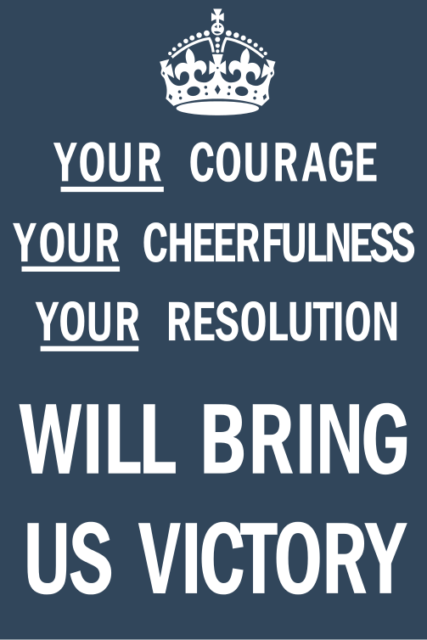
The remainder of the Ministry of Information publicity campaign was canceled in October 1939 following criticism of its cost and impact. Many people claimed not to have seen the posters; while those who did see them regarded them as patronizing and divisive. Design historian Susannah Walker regards the campaign as “a resounding failure” and reflective of a misjudgment by upper-class civil servants of the mood of the people. The typeface is often assumed to be Gill Sans, which is very close but not exact (see the terminals of the ‘C’, for example). The lettering was perhaps hand drawn by a now-unknown designer.
In 2000, Stuart Manley, co-owner with his wife Mary of Barter Books Ltd. in Alnwick, Northumberland, was sorting through a box of used books bought at auction when he uncovered one of the original “Keep Calm and Carry On” posters. The couple framed it and hung it up by the cash register; it attracted so much interest that Manley began to produce and sell copies. Other companies followed suit, and the design rapidly began to be used as the theme for a wide range of products.Mary Manley later commented, “I didn’t want it trivialized; but of course now it’s been trivialized beyond belief.”
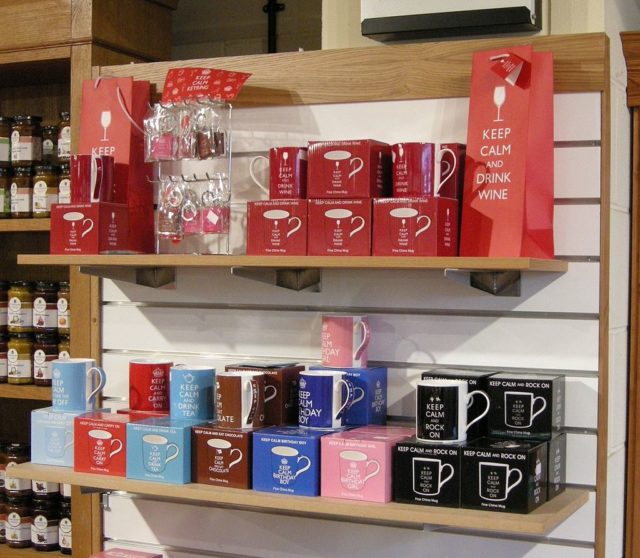
In early 2012, Barter Books debuted an informational short film, The Story of Keep Calm and Carry On, providing visual insight into the modernization and commercialization of the design and the phrase.
Susannah Walker comments that the poster is now seen “not only as a distillation of a crucial moment in Britishness, but also as an inspiring message from the past to the present in a time of crisis”. She goes on to point out, however, that such an interpretation overlooks the circumstances of its production, and the relative failure of the campaign of which it formed a part.
